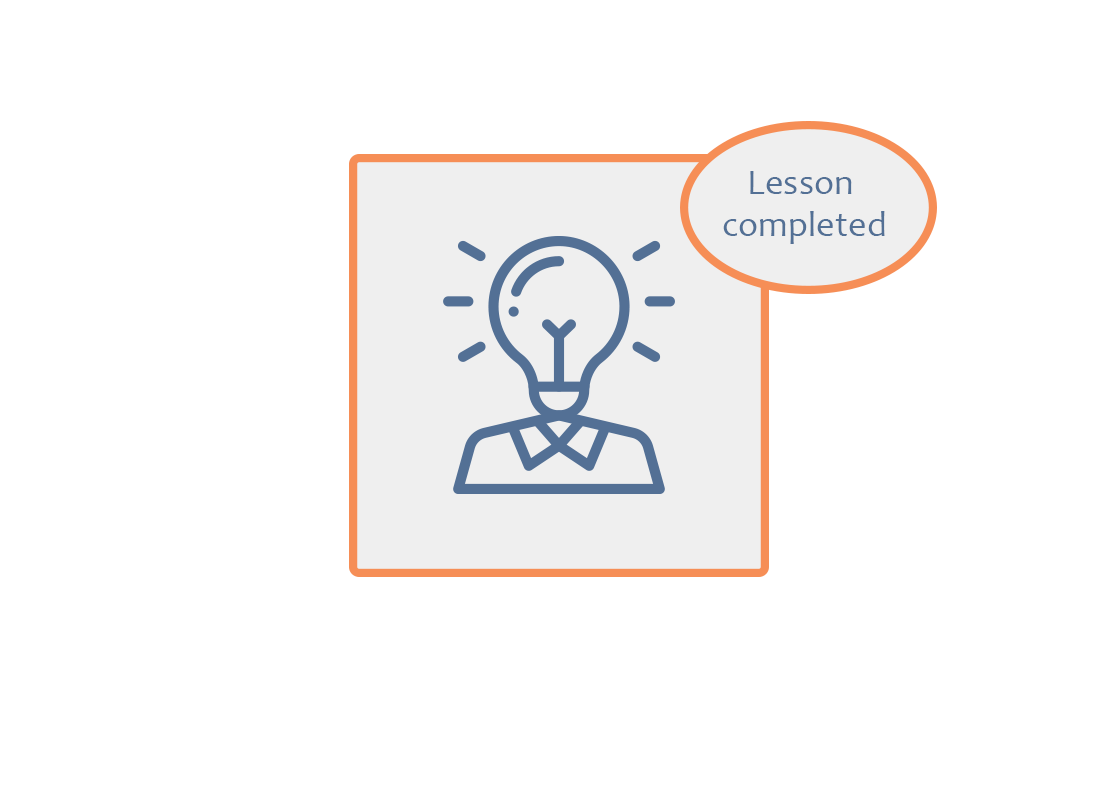Quick Settings
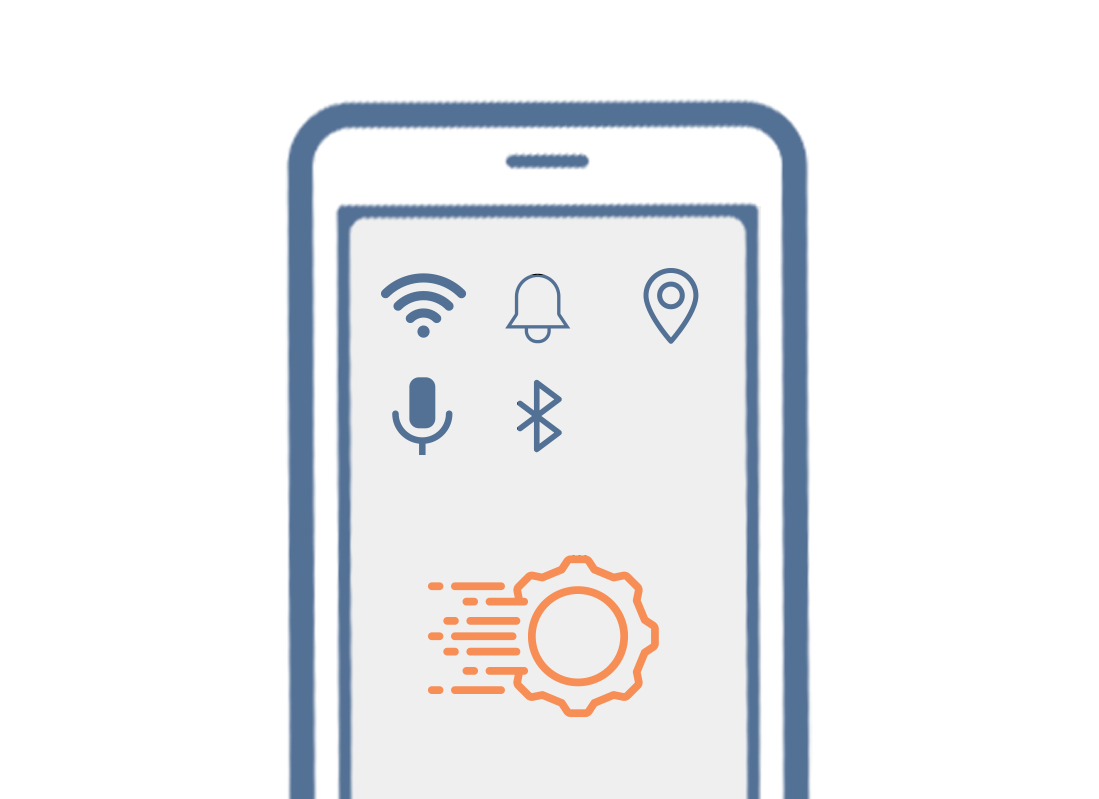
What's coming up?
Welcome to the 'Android phone: Quick Settings' course. This course will show you how to use Quick Settings to speedily access some of your phone's most useful settings including sound, screen brightness and your Wi-Fi and mobile data connections. You'll also learn a shortcut to quickly open your phone's camera. There are many types of Android phones. If your Android phone is a different model to the one shown in this demonstration, the steps might be slightly different but you can still follow along.
Start activityQuick Settings
Quick Settings collects many of your phone's commonly used features in one place so you don't need to search for them. It's a handy feature, so let's look at how you can make use of it. You can open Quick Settings at any time, whether you are in an app, on a phone call or on a website. For this demonstration, we'll open it from the Home screen.

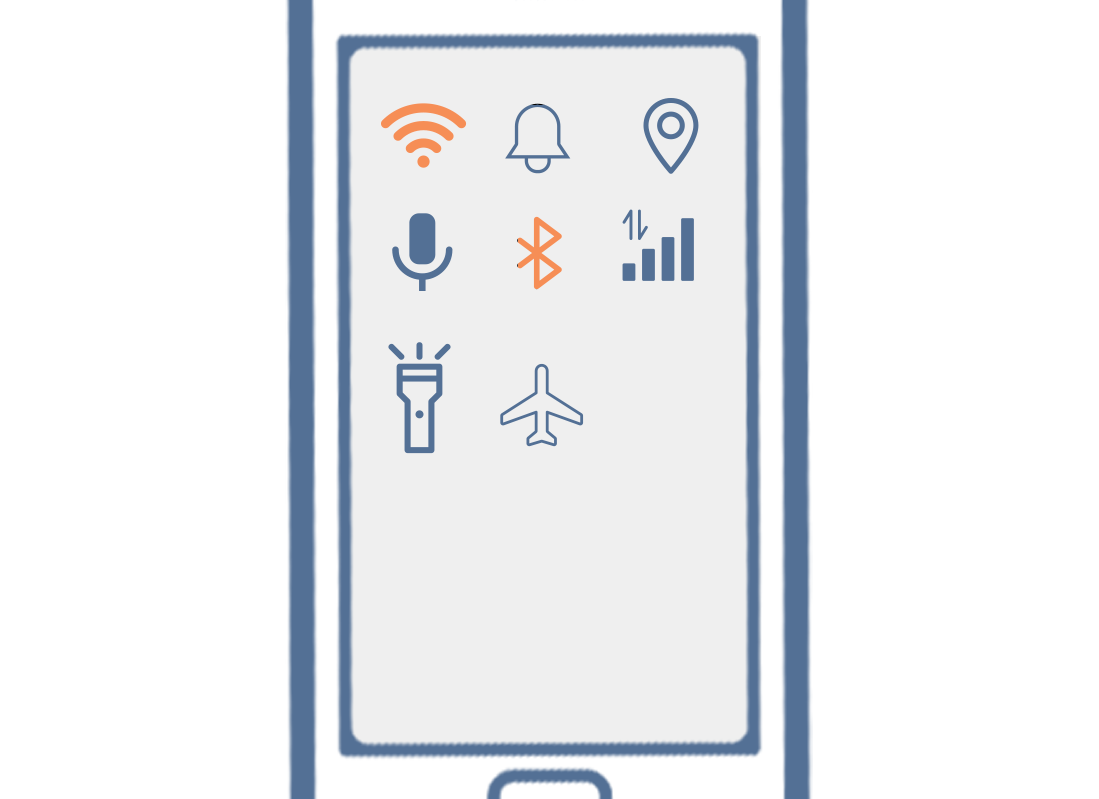
Quick Settings
To do this, swipe down from the very top of the screen. The swipe should begin with your finger in the bezel which is the black or white area that surrounds the screen. The first Quick Settings screen that appears contains a few commonly used settings, but if you want to see even more detail, you can swipe down from the bezel at the top of the screen once more.
Lots of useful settings
There's lots of useful settings here on the full Quick Settings screen, so let's look at a few of them. At the very bottom, the horizontal slider can be used to control the brightness of the screen. Place your finger on the slider and a preview of your Home screen will appear.
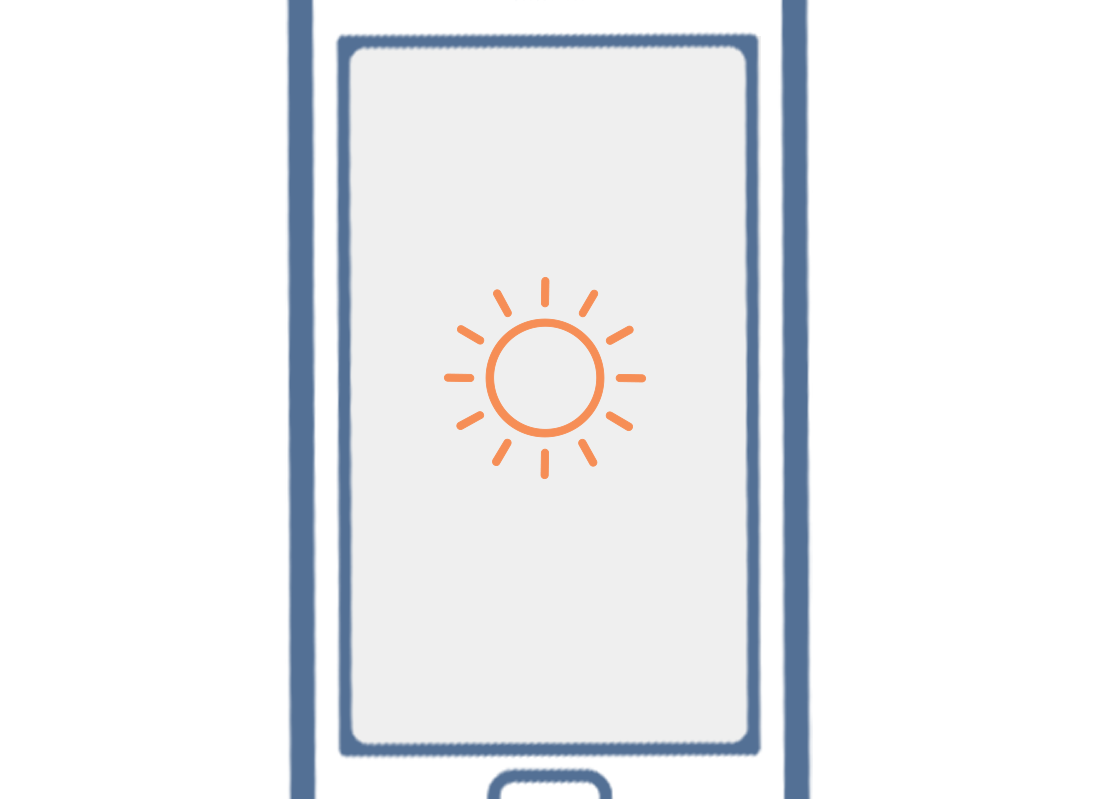

Screen Quick Setting
Slide your finger to the left to dim the screen. This can be a useful way to save the battery power. Slide your finger to the right to increase brightness. This can help make the screen easier to read in bright sunshine. When you find the brightness level that suits you, take your finger off to set it and return to your Quick Settings screen.
Quick Settings control
The icons in Quick Settings control different options such as Wi-Fi, sound and more. You can turn a feature on and off by tapping its icon. This icon is blue, which means it's on. Tap it once to turn it off. When the icons are turned off, they will show as grey. Tap it again to turn it back on.
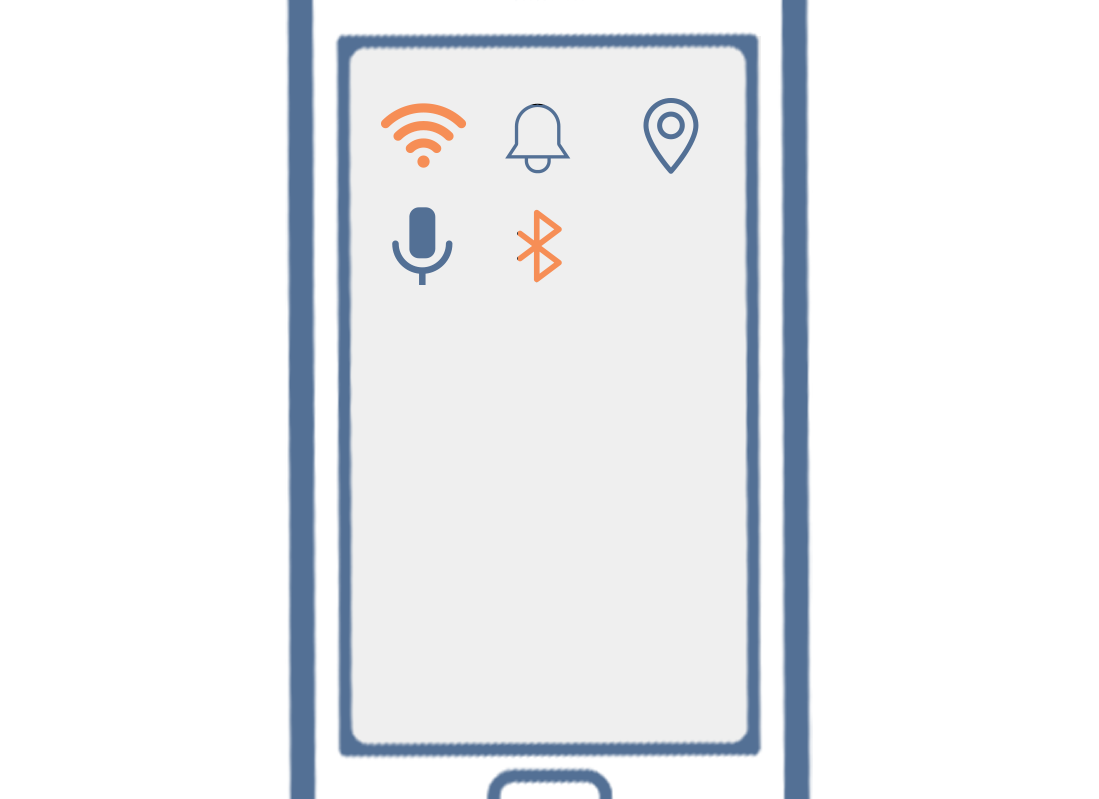
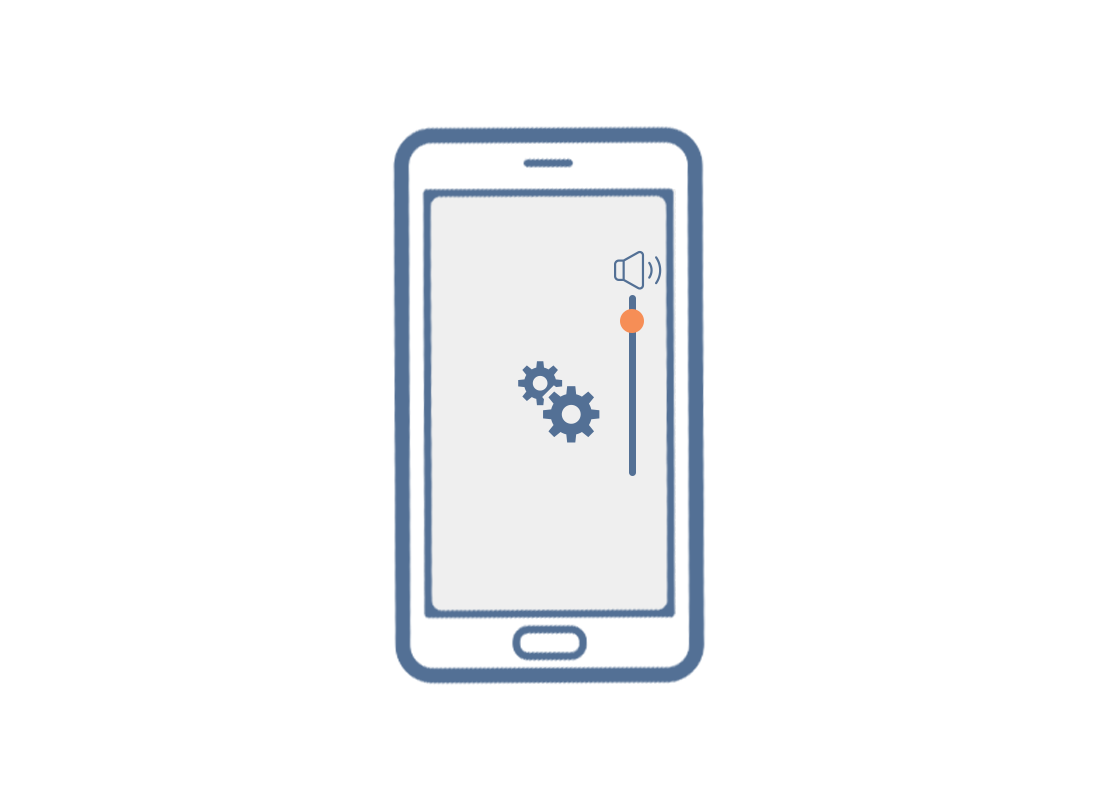
Most Important Settings
Let's look at a few of the most important settings. The Sound icon looks like a speaker and controls your phone's sound settings. Tap this icon to switch between sound settings, such as Vibrate, Mute or silence and Sound on. If you want to adjust the volume of your phone and its ring tone when someone calls you, you can always do so using the volume buttons on the side.
Mute quick setting
But if you don't want it to make any sound at all, it can be easier just to switch your phone to the Mute setting. Tap the Sound icon twice to switch it to Mute. When the Mute setting is selected, the icon will appear as a speaker with a cross through it in a grey circle. This setting might be called Mute or Silent, depending on your phone's maker. Tap the Sound icon once more to turn the sound back on. When the sound is on, the speaker icon will be blue.
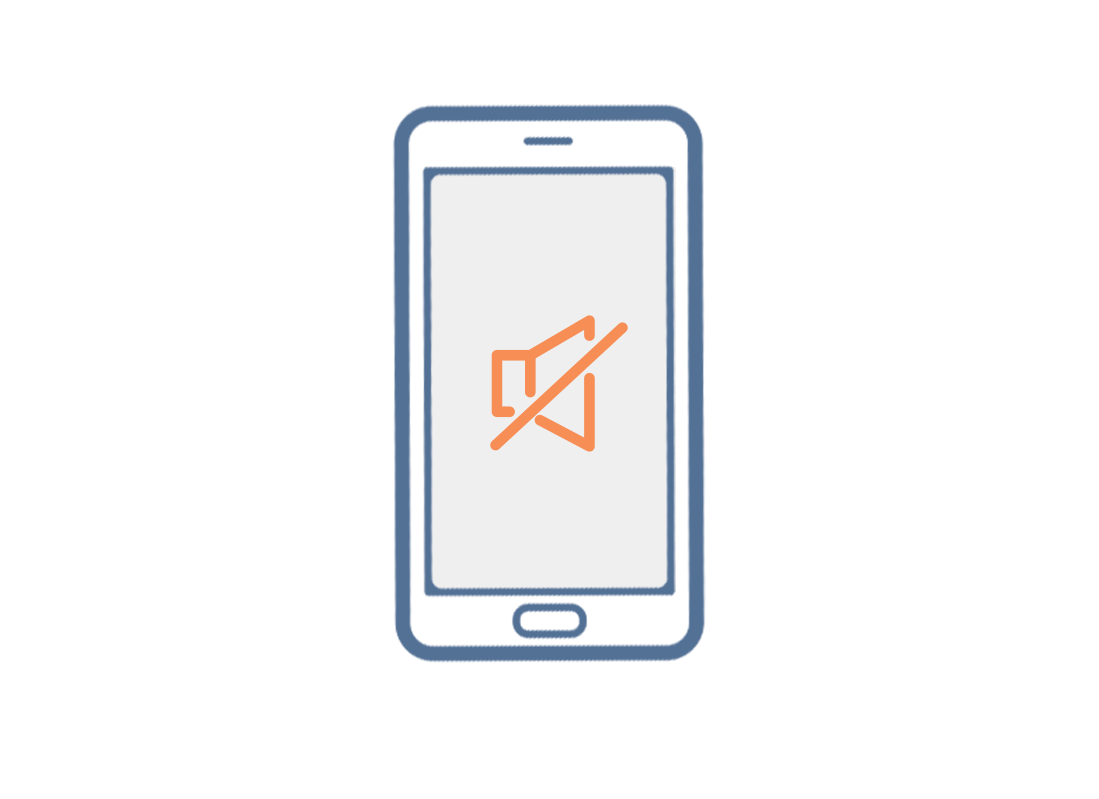

Wi-Fi Quick Setting
Now that the sound is back on, the phone will make a sound to alert you of an incoming call or message. You can tap the Wi-Fi icon to connect to the internet over your home Wi-Fi or a free public Wi-Fi network. The name of the Wi-Fi network that you are connected to will be visible beneath the icon. A free public Wi-Fi network can be less secure than your home Wi-Fi, so make sure you don't use it for banking or other activities that require your personal details.
Mobile Data Setting
The mobile data icon looks like two arrows. When you are out of range of your home Wi-Fi, you'll want this setting to be on so your phone can access the internet via the mobile phone network. When this setting is on, the icon is blue.
Flight mode setting
The Flight mode icon looks like a plane. When this setting is on, your phone will not be able to connect to Wi-Fi or the mobile network and you won't be able to send or receive calls, texts or even access the internet. You may be asked to switch this setting on when you are on the plane, but it's also useful if you don't want to be connected to the internet.
Setting is off
When this setting is off, the icon is grey, which means you can connect to Wi-Fi and the mobile data network. The Bluetooth icon looks like a B. When this icon is blue, this setting is switched on and you can connect wirelessly to Bluetooth headphones or to your car's speakers.
Torch Settings
Tap the Torch icon to turn on your phone's LED camera flash, which you can use as a very bright light. As long as you have your phone, you need never be stuck in the dark. Tap the Torch icon once more to turn it off.
Quick Settings
To close Quick Settings, tap on any of the white space or swipe up from the bottom of the screen. If the reduced Quick Settings screen appears, you can tap on the white space once more to return to the Home screen. Now, before we finish, let's look at a handy shortcut that you can use to open your phone's camera app quickly.
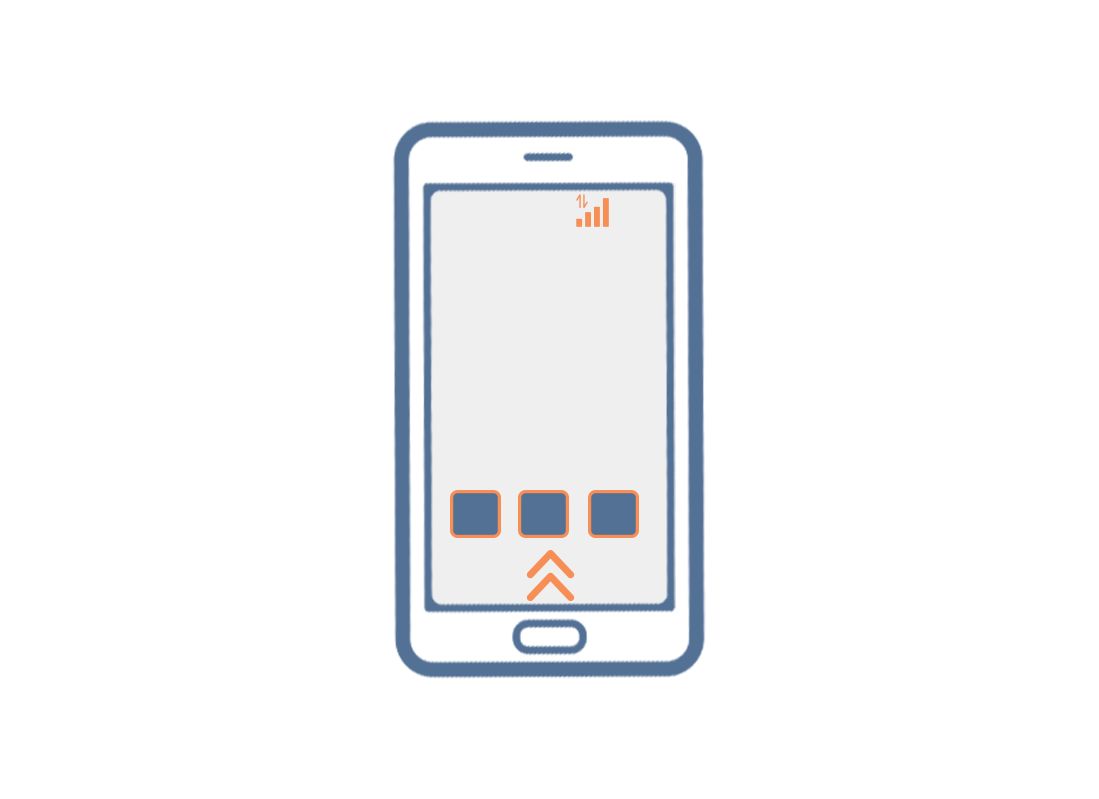

Quick Settings Shortcut
Simply press the Power button on the side of your phone twice quickly and your camera app will open. You can use this shortcut at any time, even if your phone is locked so you never miss a photo opportunity.
Congratulations!
You have now completed the course and learned how to find and use some of your Android phone's Quick Settings features.
Next up, we'll learn the Android phone: Notifications activity.
